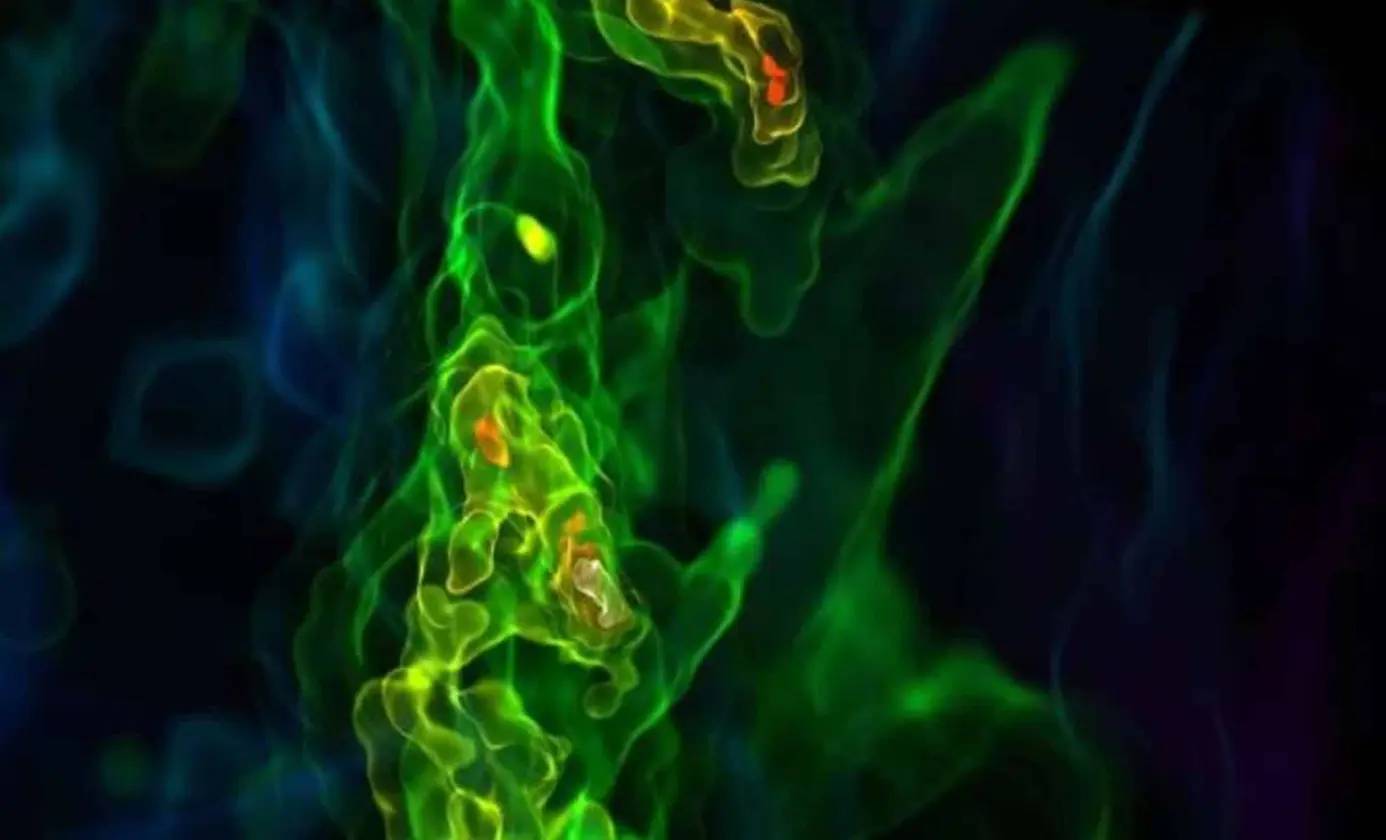T4K3.news
FRB Reaches Cosmic Noon
A fast radio burst at redshift 2.148 traced to a distant host galaxy using MeerKAT and JWST highlights how FRBs map the universe’s ionised gas.
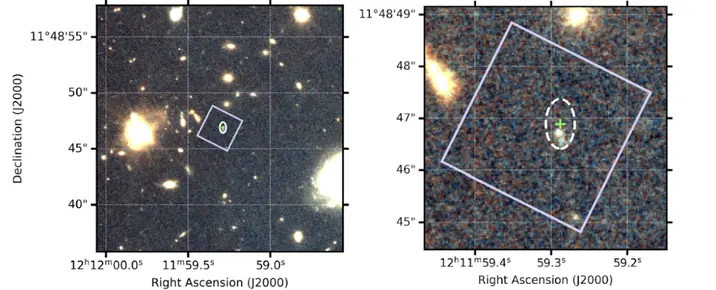
A fast radio burst at redshift 2.148 traced to a distant host galaxy with JWST and MeerKAT, illustrating how FRBs map the universe’s ionised gas.
Fast Radio Burst Traces Galaxy Formation at Cosmic Noon
Detecting FRB 20240304B on March 4, 2024, the MeerKAT telescope in South Africa captured a burst that originates from a redshift of 2.148, implying the signal began its journey over 11 billion years ago. It carried a dispersion measure of about 2330 parsecs per cubic centimeter, a fingerprint of the ionised gas it travelled through. JWST with its NIRCam and NIRSpec instruments later pinpointed the host galaxy as a low mass, clumpy star forming system, a finding that supports magnetars as a likely engine for fast radio bursts.
This discovery doubles the redshift reach of localised FRBs and shows FRBs can trace ionised baryons across roughly 80 percent of the universe's history. The sightline passes near the Virgo Cluster and a foreground group, revealing complex magnetic field structures on gigaparsec scales. The event underscores FRBs as tools to study galaxy formation during the era of peak star formation, commonly called cosmic noon, and demonstrates how modern telescopes work together to map the unseen.
Key Takeaways
"This discovery doubles the redshift reach of localised FRBs and probes ionised baryons across ~80% of the history of the Universe."
Significance of the discovery for FRB cosmology.
"The host galaxy is a low-mass, clumpy galaxy."
Host properties identified by JWST.
"FRB activity during the peak of star formation."
Cosmic noon context.
"This means we're observing light that traveled for over 11 billion years to reach Earth."
Distance and travel time.
This milestone shows how FRBs can become precise cosmological probes when combined with deep multi-wavelength data. It underscores the need for global collaboration across radio, optical, and space based facilities. Yet it also raises questions about biases in the growing FRB sample and the risk that only the brightest, easiest to localize events guide theory.
If more such events are found, we may map the distribution of ionised gas and magnetic fields across most of cosmic history. The challenge is building a representative sample and calibrating dispersion measures to the evolving universe. The story points to a future where FRBs enrich our understanding of both stellar birth and the large scale structure of the cosmos.
Highlights
- FRBs are messengers from the distant past
- Teamwork between JWST and MeerKAT unlocks the universe's hidden gas
- Cosmic noon is now a testing ground for new cosmic probes
- Baryons hidden in plain sight become maps through bursts
More discoveries like this could reshape how we map the unseen regions of the cosmos.
Enjoyed this? Let your friends know!
Related News
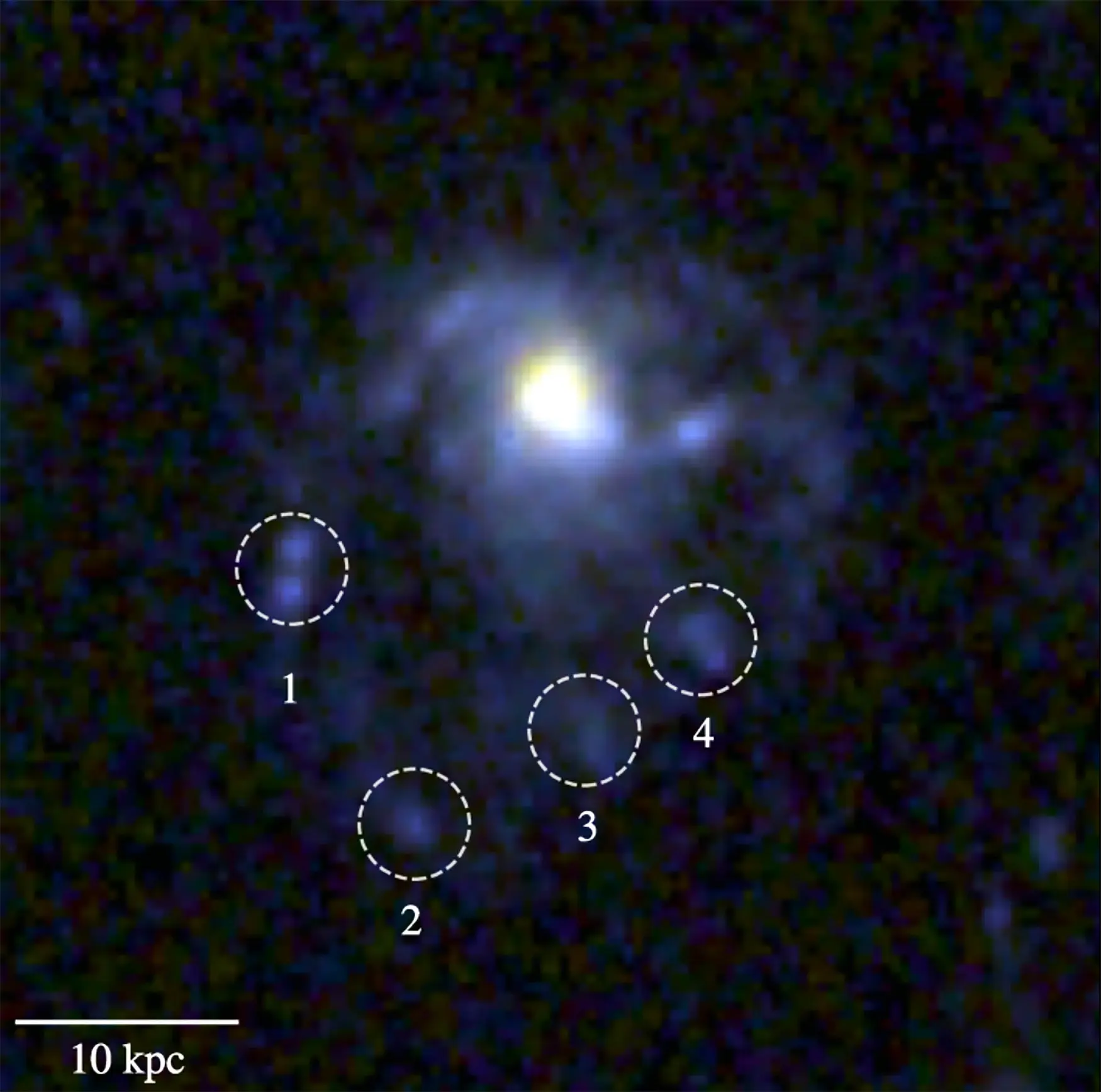
Webb spots distant jellyfish galaxy
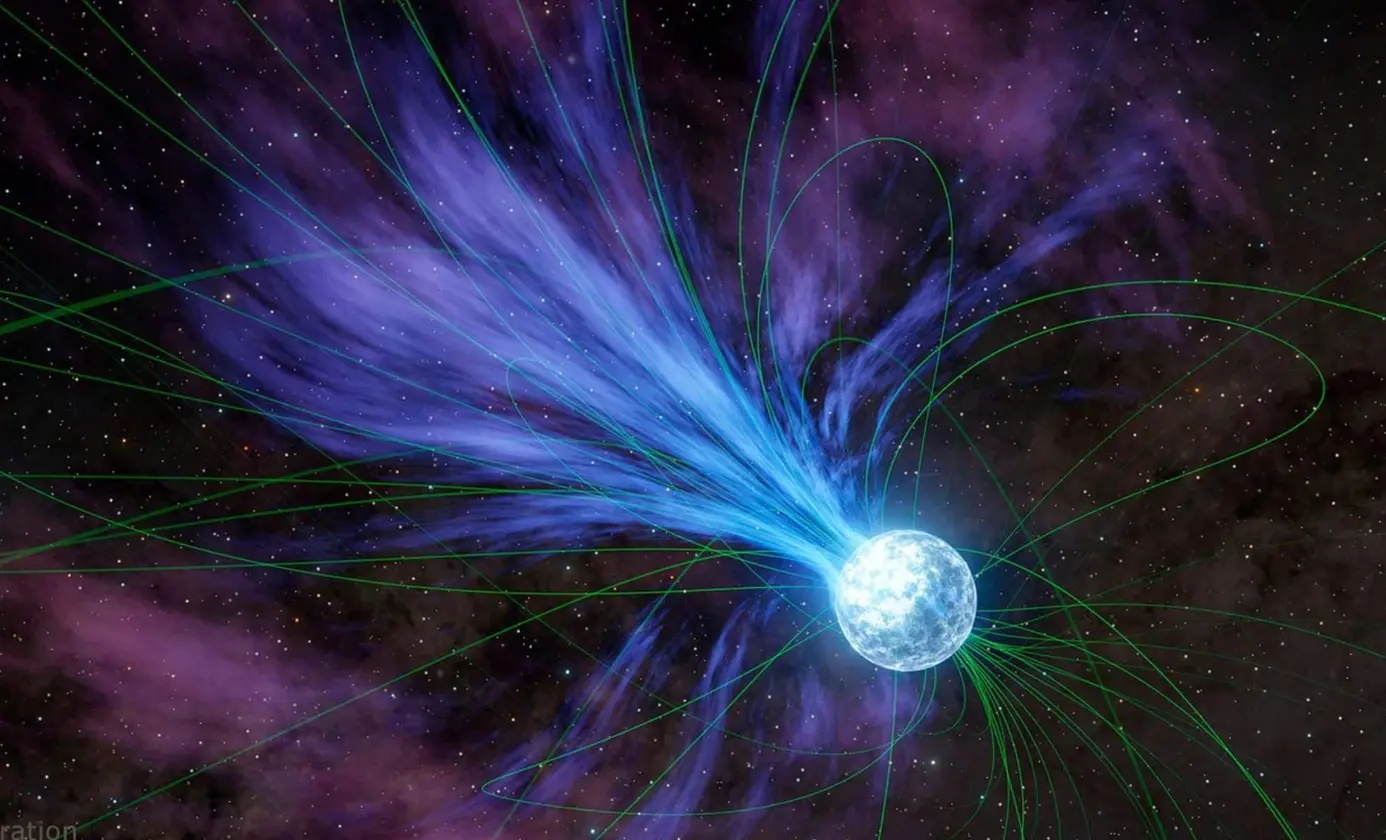
Cosmic map reveals ordinary matter between galaxies
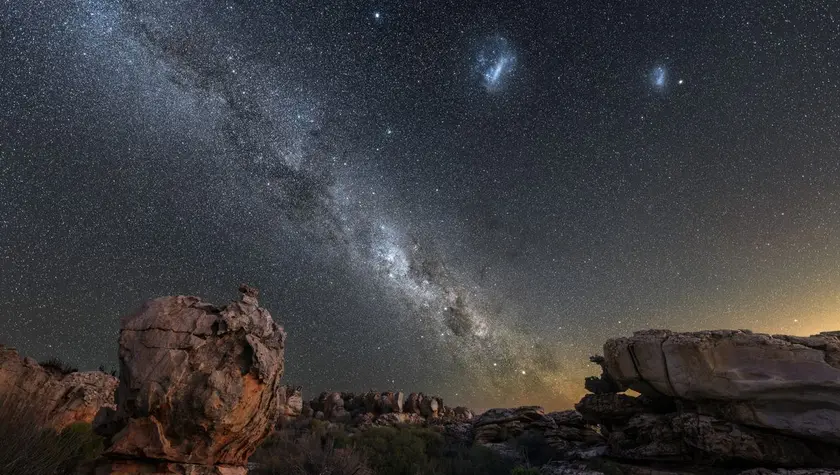
Astronomers reveal how far you can see with the naked eye
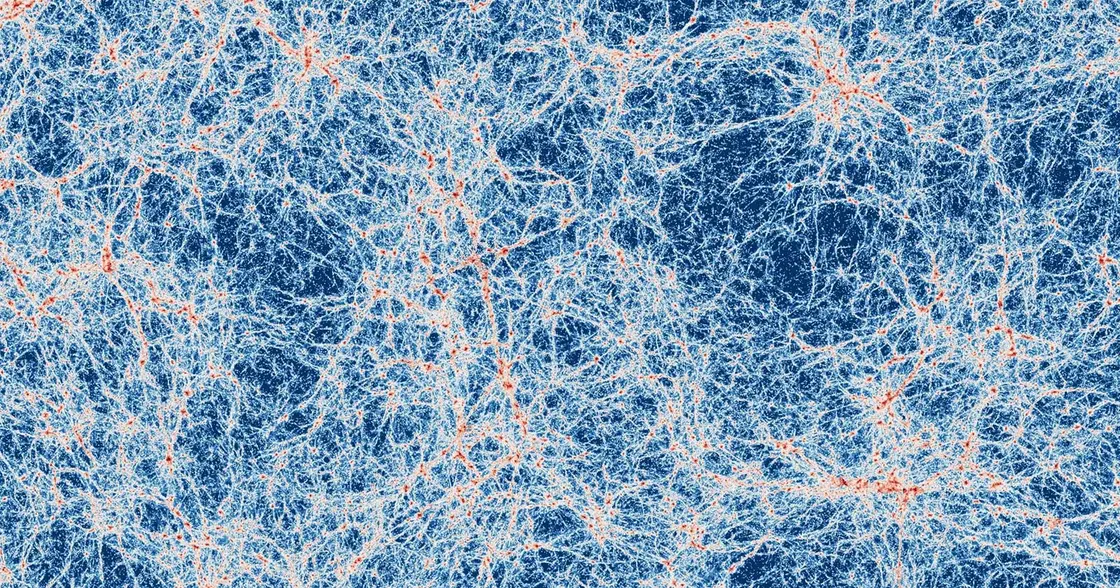
Astronomers capture first images of cosmic web

Horoscope predictions for August 3, 2025
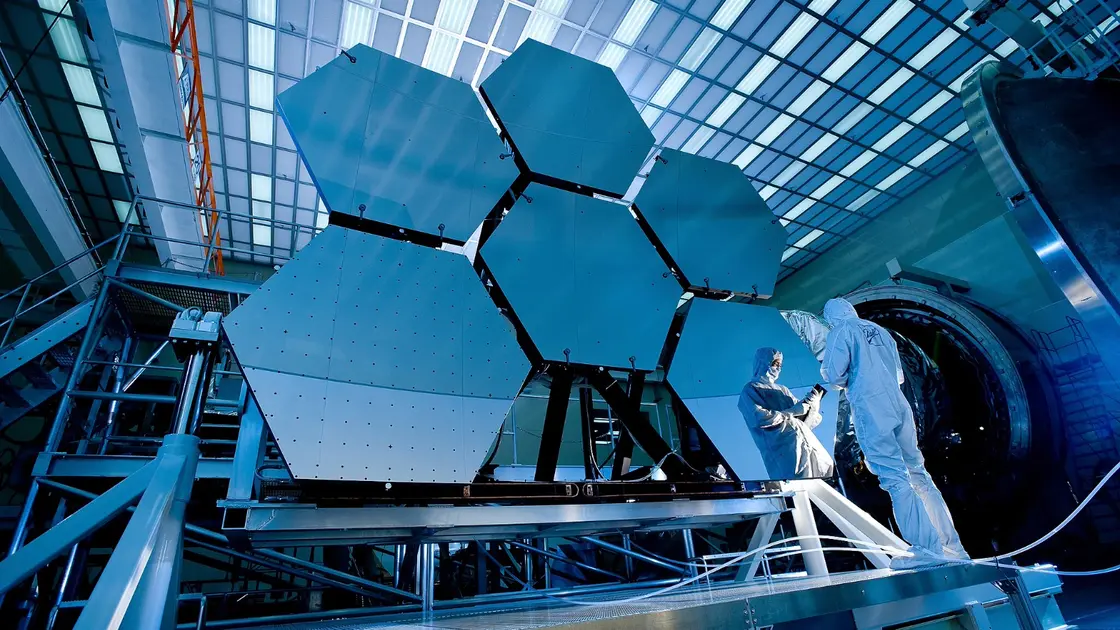
James Webb Space Telescope unveils ancient galaxies
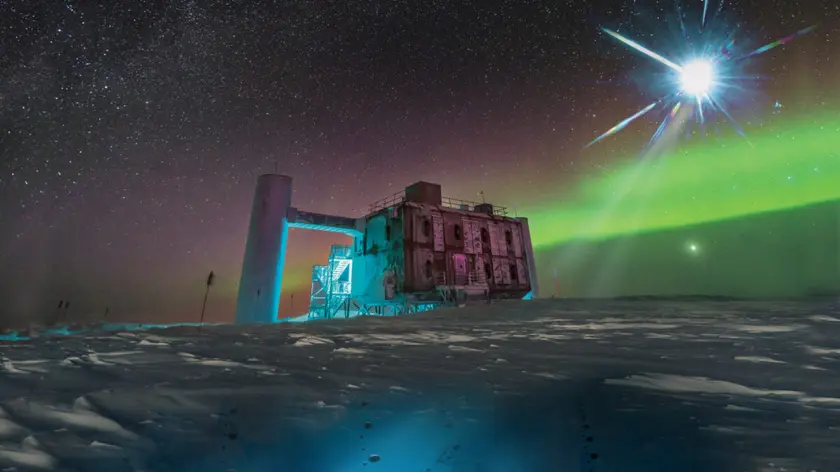
IceCube Upgrades Set to Expand Neutrino Reach
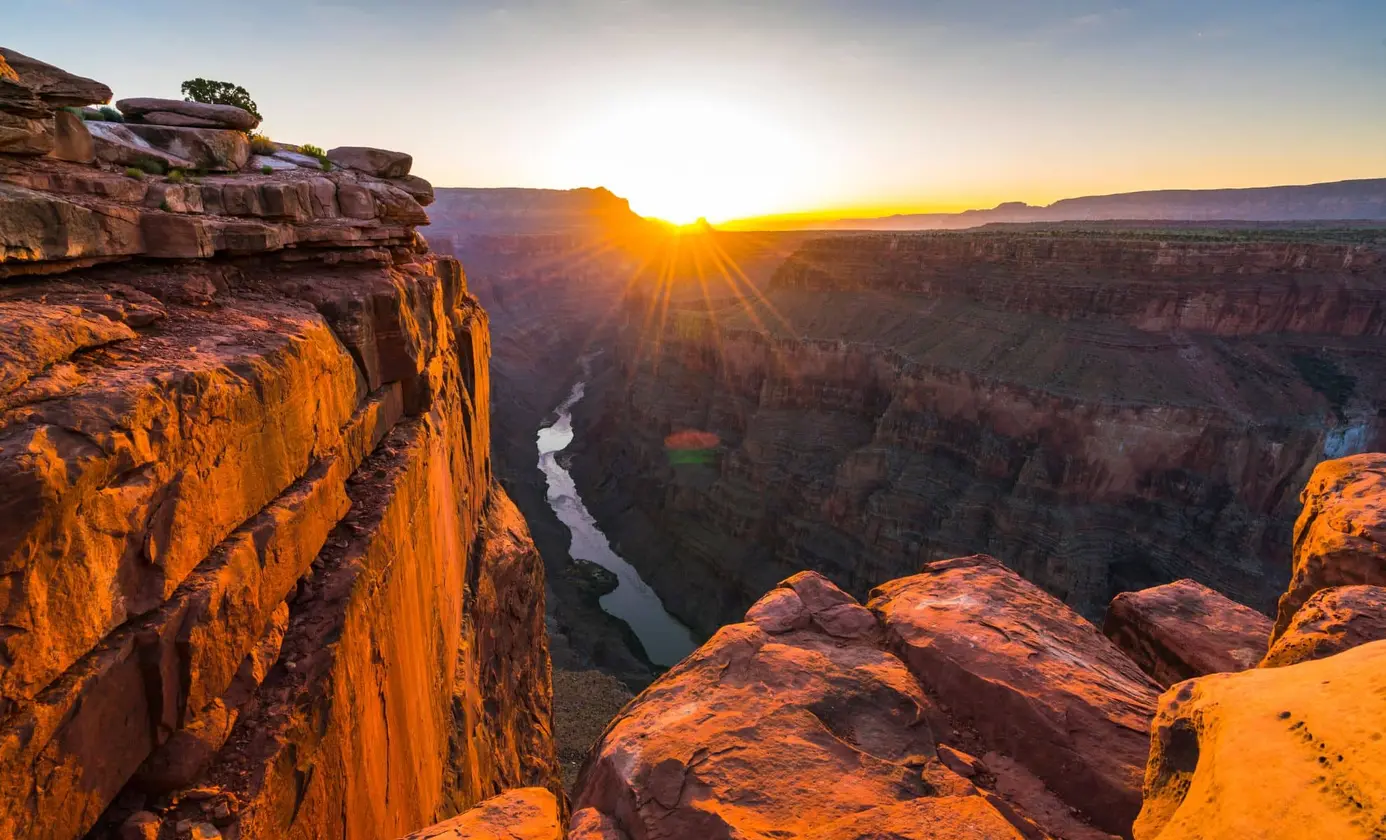
Research connects Grand Canyon to Meteor Crater
